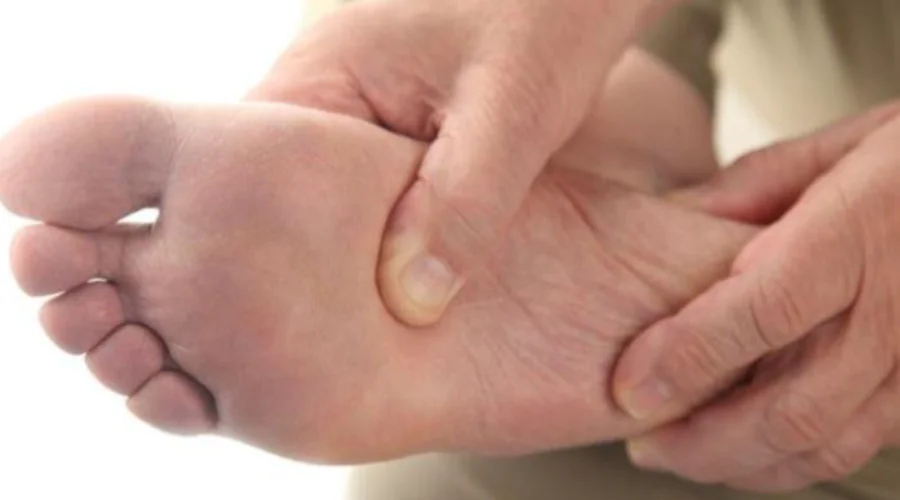
- 06 Sep
- 2023
Ilustrasi gambar (freepik)
UM Surabaya Lecturer: This is a Disease to Watch Out for in the Dry Season
The dry season or often called the dry season is characterized by an increase in temperature to become hotter. September is predicted to be the peak period of the dry season. Extreme weather in the dry season causes the emergence of several comorbidities. This was conveyed by Ira Purnamasari, Lecturer at the Faculty of Health Sciences (FIK) UM Surabaya.
According to Ira, the first disease is ARI. Acute respiratory infections which are usually caused by viruses can also be caused by bacteria. It usually attacks the nose and throat and causes symptoms such as cough, runny nose, sore throat, headache, and fever, and usually does not require medical treatment.
“Apart from that, hot weather encourages people to consume excess ice, thereby risking getting a sore throat. "Extreme weather also causes the body's immune system to tend to decline," said Ira Wednesday (6/9/23)
Several ways to prevent the occurrence of ISPA are consuming nutritious food, exercising diligently, getting enough rest, consuming at least 2 liters of water/day, maintaining the cleanliness of the surrounding environment, washing your hands frequently, avoiding people who have coughs and colds, and wearing a mask if you are indoors. dusty place.
Second is diarrhea. Diarrhea is also a disease that usually attacks in the dry season. The increasingly dry air, increasing dust, contaminated water with e.coli bacteria, and the large number of flies cause the environment to become unhealthy.
Diarrhea is a disorder of the digestive system which is characterized by continuous defecation with a watery stool consistency. In the dry season water conditions are different from the rainy season. In the rainy season, water is more plentiful and flows, while in the dry season, water availability decreases, water does not flow and the concentration of germs increases.
The source of water for Indonesians for their daily needs is mostly river water. As the concentration of germs in water increases, the exposure of germs to the body also increases. This causes the incidence of diarrhea to be higher than in the rainy season.
"Just like ISPA, prevention of diarrhea can also be done by always maintaining cleanliness, consuming quality drinking water, diligently washing hands, and implementing clean and healthy living habits," he added again.
Third, Dengue Hemorrhagic Fever (DHF). Dengue hemorrhagic fever is a disease caused by the Aedes aegypti mosquito which is characterized by fever, headache, nausea, vomiting, and the appearance of a red rash on the skin.
Reduced rainfall during the dry season causes places where there are standing water not to be washed away by rainwater so that these places become breeding grounds for the Aedes aegypti mosquito. Several studies also explain that in the dry season, the Aedes aegypti mosquito becomes more vicious due to increasing temperatures.
Steps that can be taken to prevent DHF are eradicating mosquito nests using the 3M Plus method: draining water reservoirs, closing water reservoirs, recycling various items that have the potential to become breeding grounds for Aedes aegypti mosquitoes.
In addition to the 3M above, an addition to the Plus points is planting plants that can ward off mosquitoes such as lavender, onion flower, citronella, geranium, and rosemary. Check places used as water reservoirs. Keeping fish that eat mosquito larvae such as betta fish, goldfish, koi fish, guppy fish.
“Use mosquito repellent. Install wire mesh on windows and ventilation in the house. Carry out mutual cooperation to clean the surrounding environment. Put clothes that have been used in a closed container. Providing larvicide in water reservoirs that are difficult to drain. "As well as repairing water channels that are not running smoothly," concluded Ira.










(0) Comments